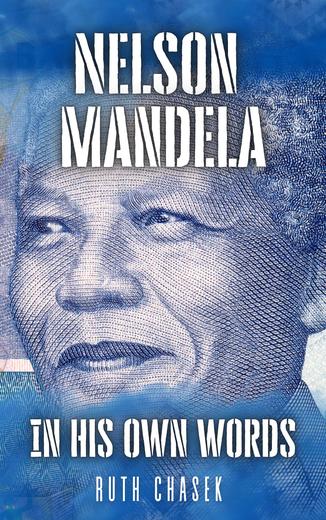
Age:
High School
Reading Level: 6.2
Preface
In 1918, Nelson Mandela was born in South Africa. His father was the chief of a tribe. In 1952, Mandela became a lawyer and opened the first black law office in South Africa. He worked for equal rights for black South Africans.
In 1964, Mandela was charged as guilty for working against the government. After spending 27 years in prison, he was freed in 1990.
In 1994, Mandela was elected President of South Africa. He called the new South Africa a “rainbow nation,” where all races were treated equally. He served one term as president.
Together with the past South African President F.W. de Klerk, Mandela received the Nobel Peace Prize.
In December 2013, Mandela died at home at 95 years old.
Chapter 1: Protesting Apartheid
Pretoria, South Africa
April 20, 1964
The African National Congress (ANC) was organized in 1912 to fight racism in South Africa. In 1944, Nelson Mandela joined the ANC and became its Deputy National President.
South Africans were grouped by color: white, Bantu (black), colored (mixed race), and Asian. Black South Africans made up 70 percent of the country but had the fewest rights. They could not vote or form workers' groups to protect their rights. They had to carry a pass at all times to travel anywhere.
Their land was taken, forcing them to live on reserves—poor, dry lands. Many black children did not go to school and were poor. They often went hungry. Their families were often separated because jobs were far away from home. Good jobs were given only to white South Africans.
This separation of the different races was called apartheid. In the early 1960s, many black South Africans led protests against apartheid. Apartheid kept white and black people separate.
The African National Congress was the main group working against apartheid. In 1960, the South African government banned the ANC. That same year, South African police killed 69 unarmed black South Africans in the township of Sharpeville. This city was where non-white South Africans were sent to live.
Many black South Africans had had enough. In 1961, a group called uMkhonto we Sizwe, or “Spear of the Nation,” was formed. It used armed force against the apartheid government. Mandela was a leader in both uMkhonto we Sizwe and the ANC.
Yet, by 1964, apartheid became legal in South Africa.
Chapter 2: Mandela on Trial
It was a hot and crowded courtroom. 46-year-old Nelson Mandela stood trial for his life. Would his skills as a lawyer and speaker help him to survive?
"During my lifetime, I have dedicated my life to this struggle of the African people. I have fought against white [control], and . . . against black [control]. I have cherished the ideal of a [self-governing] and free society in which all persons will live together in [peace] and with equal [chances].
"It is an ideal for which I hope to live for and to see realized. But, My Lord, if it needs be, it is an ideal for which I am prepared to die."
—Nelson Mandela in court, 1964
Nine other men stood trial with Mandela. The South African government accused them of communism, trying to ruin the government, and betraying their country. During the trial, Mandela put apartheid on trial too.
“White supremacy implies black inferiority . . . Africans want to be paid a living wage. . . . We want to be allowed to live where we . . . work . . . we want equal political rights.”
—Nelson Mandela on trial, 1964
After eight months, the trial ended. Seven of the accused men received life sentences in prison instead of being put to death. It was a kind of victory.
Mandela spent the next 27 years in prison. 18 of those years were spent on Robben Island. He did hard labor like breaking rocks and building roads. He was only allowed one visitor a year.
"My Dearest Winnie,
"As long as I don't hear from you, I will remain worried and dry like a desert . . . Letters from you and the family are like . . . summer rains and spring that liven my life and make it enjoyable."
—Letter from Mandela to Winnie, 1976